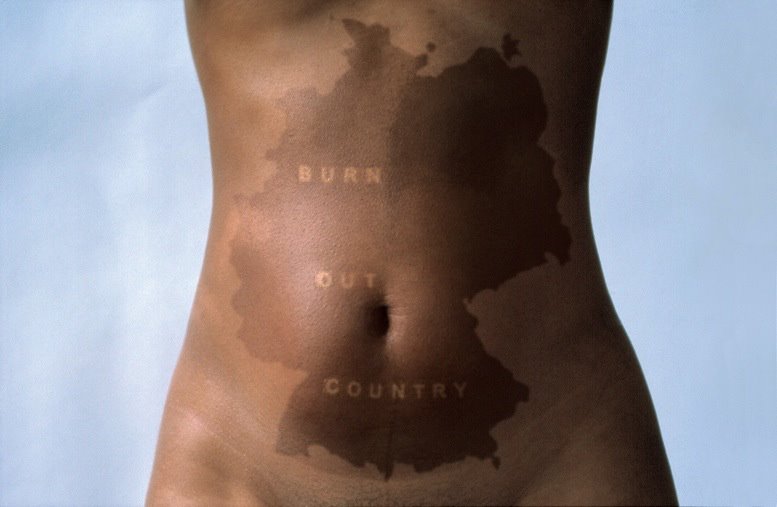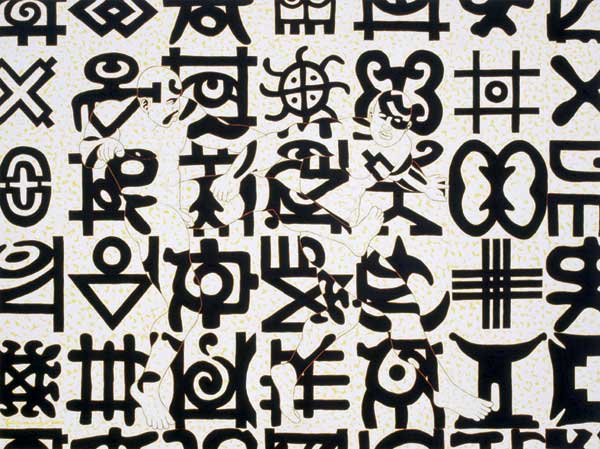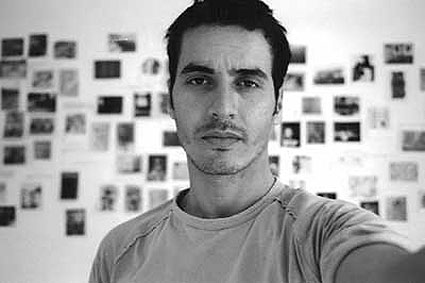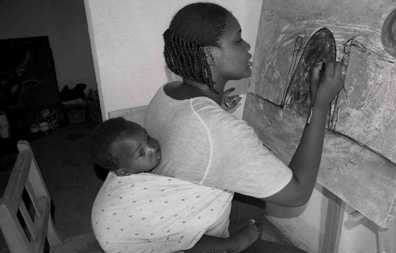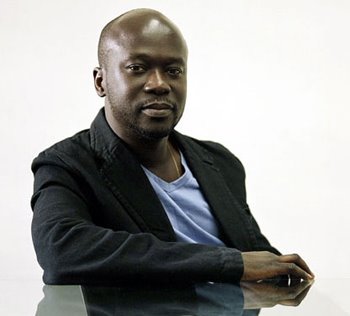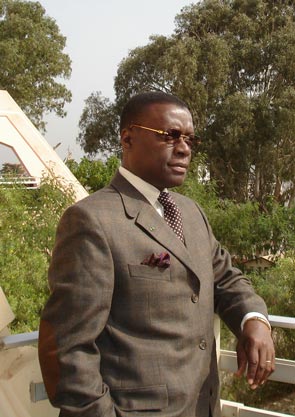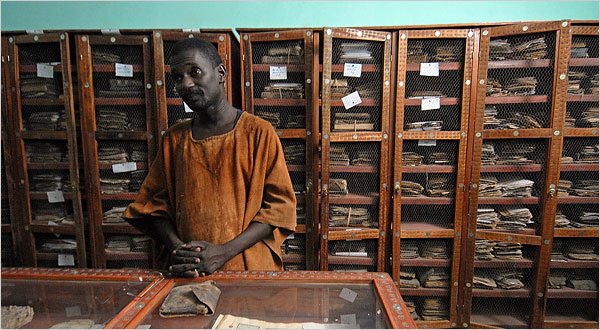Magdalene Odundo | Kenya/UK
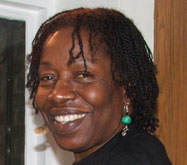
Magdalene Odundo Source: Victorian Fortune City http://victorian.fortunecity.com/palette/722/page2.html Magdelene Odundo Magdalene Odundo was born in Nairobi, Kenya in 1950. As a child she lived in Kenya and India. From 1968 to 71 she attended the Nairobi Polytechnic in Kenya, while there she studied Graphic Art. In 1971 she left Kenya to attend Cambridge College of Art in Cambridge, England to continue her study in Graphic Design. Odundo grew restless with this medium and experimented with various mediums. In 1973 she moved to Farnham, England to attend West Surrey College of Art and Design. At West Surrey she settled on ceramics as her medium. In that first year at West Surrey she had the opportunity to visit the Cornwall Workshop of renowned potter Bernard Leach. Leach was the father of the modern British studio ceramics movement in the 1920's. Marla Berns describes this movement, "as a tradition based on principles of simplicity and purity of form derived from Asian cer
